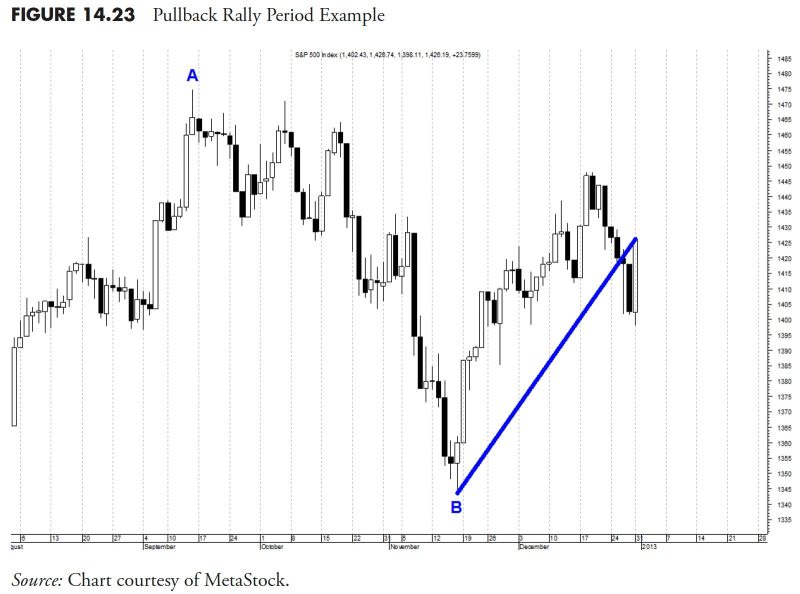In the intricate world of investing, the process of security selection and the establishment of a set of rules and guidelines are integral steps in rules-based money management. Devising a sound investment strategy is as crucial to financial success as the decision to save, and these steps illuminate the pathway to that success. This article explores the fundamental aspects of security selection, rules and guidelines in the context of rules-based money management.
An essential feature of this discussion is security selection. Notably, it refers to the process of choosing individual securities for investment purposes. The primary goal of security selection is to identify securities that are expected to have better-than-average returns compared to other investments of a similar level of risk. Various factors influence this process, including macroeconomic forecasts, industry positioning, and a thorough reading of a company’s financial statements. Rigorous assessment is needed to mitigate risks and anticipate returns from a wide range of potential investments.
Choosing securities for investments often seems complex and a bit overwhelming. However, investors can rely on two primary methods. The first is the ‘top-down’ approach, which first considers the overall economic environment before moving on to analyze individual sectors and companies. The second approach is the ‘bottom-up’ method, which focuses on individual companies, regardless of the industry in which they operate or the current economic climate.
Another vital area of rules-based money management involves setting up rules and guidelines for investments, which are ensconced in an Investment Policy Statement (IPS). The IPS outlines the investor’s objectives and constraints, offering a detailed roadmap for managing investments. This document usually covers aspects like risk tolerance, investment horizon, income needs, liquidity needs, tax considerations, legal considerations, unique circumstances, and regulatory constraints.
Investment rules serve as a discipline that keeps investors on a predetermined course and helps prevent them from making emotionally-motivated decisions that could lead to financial losses. These rules also encourage regular reviews of an investment portfolio, ensuring that investments align with the investor’s financial goals and risk tolerance.
Moving on to investment guidelines, they can be understood as the benchmarks that help to measure and evaluate the performance of investments. They usually include ethical guidelines, diversification stipulations, or restrictions on security types. These guidelines also provide a mechanism for investors to manage their investment risk effectively. For instance, setting a limit on the proportion of the portfolio that can be invested in any single security prevents over-exposure to that security’s specific risk.
Establishing investment guidelines and rules is not a stagnant process but an evolving






























